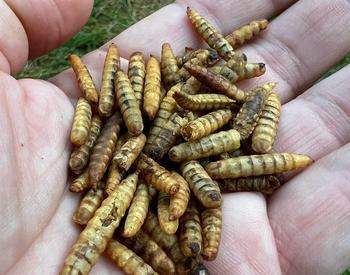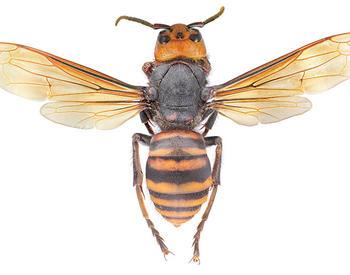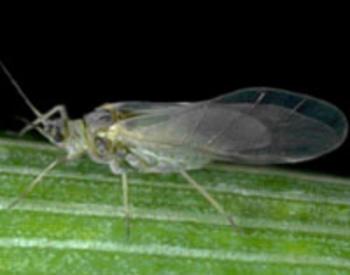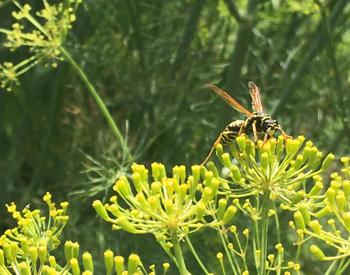Oregon's lava hole bee (Atoposmia oregona) hadn't been seen in Oregon since August 14, 1969, when it was collected around Pelican Butte in Klamath County. This bee had only been seen in Oregon four times since it was first spotted in 1927 by Oregon State University entomologist Herman Scullen (1887–1981).
All this changed in 2018, when OSU Extension Master Melittologist Ellen Watrous (Corvallis) rediscovered this bee for the Oregon Bee Atlas in the same lava fields in McKenzie Pass where Scullen first saw the bees in the late 1920s. The bees were detected again in 2020 in the same lava fields by OSU's native bee taxonomist, Lincoln Best. On all occasions, the bee was seen exclusively foraging for pollen on penstemon plants.
These small bees (less than one-quarter inch in length) make their home in the most inhospitable environment, namely the lava fields of the Oregon and California Cascades and the Sierra Nevada. They appear to nest in the small holes that formed when gas bubbles pushed through cooling lava 2,600 to 2,900 years ago. A solitary female will leave her nest to collect pollen from penstemon plants, returning to create a pollen ball on which she will lay a single egg. The developing larva is sealed into a cell, likely with a partition made of masticated plant material and sand.
The bee was first described in 1943 by the melittologist giant Charles Michener (1918–2015). There are approximately 30 species of Atoposmia known to North America, and all the bees in this genus are largely restricted to Western North America.
This finding is one of many discoveries of high scientific value made by Oregon's Master Melittologist volunteers. Over the next decade, volunteers are hoping to build an Atlas of Oregon bees that not only contains range maps for all the species in the state (estimated at 600–700 species), but lists the plants they prefer to gather pollen and nectar from. The Oregon Bee Atlas is a one-of-a-kind program in the U.S. that is led by volunteers working under the umbrella of OSU Extension. Since 2018, volunteers have contributed 100,000 new bee records from every county in the state. The atlas will help Oregonians make informed conservation decisions to ensure Oregon remains the best place for bees in the nation.

















